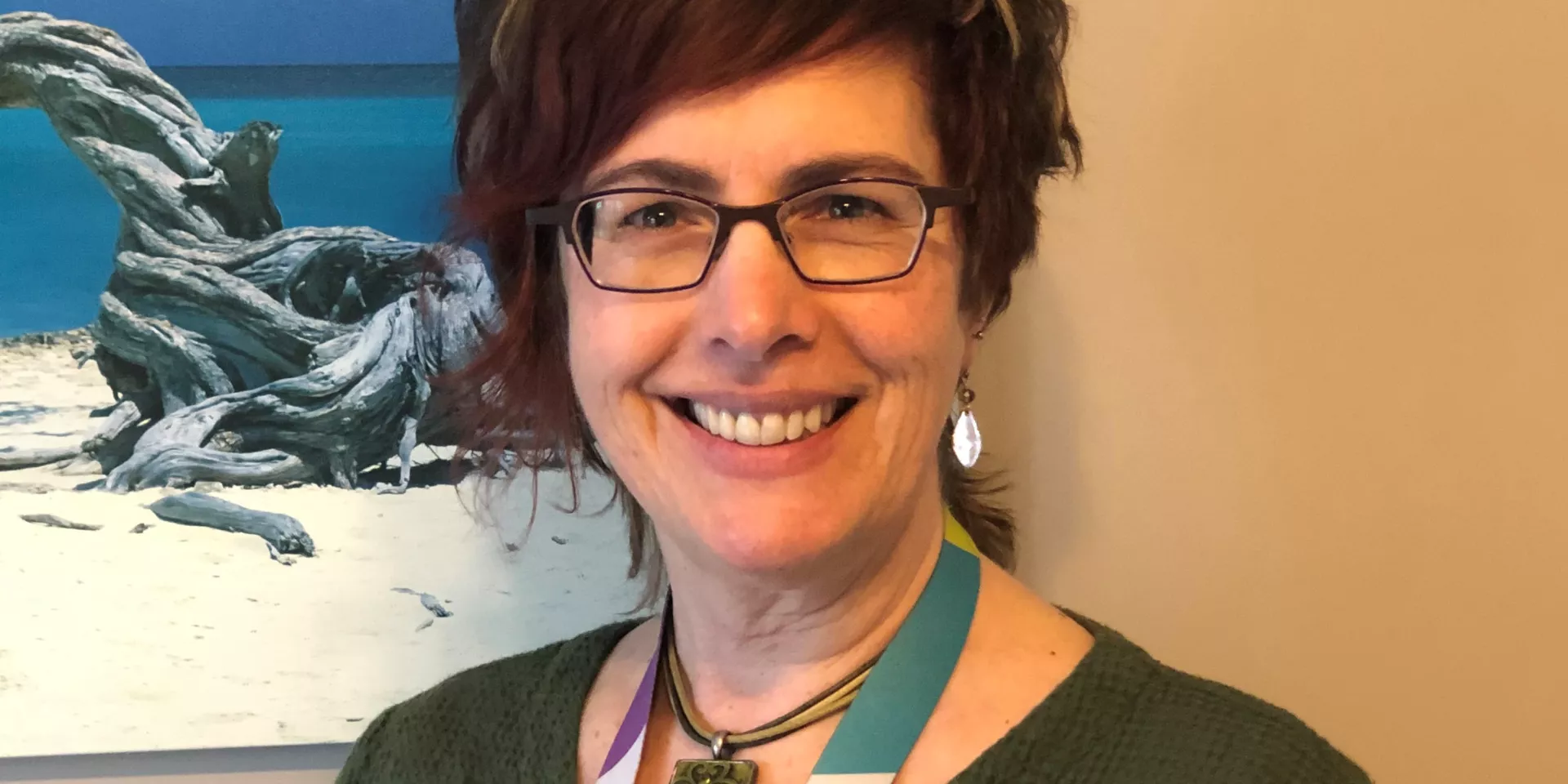So you’ve had the nose swab. And now comes the hard part...waiting for your results. I hear you. As I write this, I’m on day two of waiting for mine.
By the time this health crisis is over, many of us will be very familiar with the particular feelings that come with this kind of waiting, also known as anticipatory anxiety. This is when our thoughts and bodies are consumed with worst-case scenarios, dread and fear for what might come. Anticipatory anxiety is a normal response, our body’s natural mechanism for protecting us from danger. But it’s not always helpful, and it can be really uncomfortable. The key to managing anticipatory anxiety is to shift it; to recognize when it’s happening, and to interrupt the downward spiral.
Here are my 3 “Ds” for getting through the anxiety that comes with waiting for test results.
- Distance: I don’t mean distance from people (we already know that!), but distance from stuff. You know, the microwave handle, the toothpaste, the kettle, the hand towel… all the things at home that might be shared with family and/or roommates. The best approach for me was to set up my own food and bathroom areas, and to restrict myself to one part of the home. This gave me focus and a sense of control.
- Disconnect: I had to disconnect from COVID-19 news and social media. And more importantly, I had to disconnect from my thoughts and worries. Distractions are super useful for interrupting anticipatory anxiety. This can be any activity that consumes your mind, and puts you in the flow of things. For me, that was working on a knitting project and trying a new online yoga class. For my family, I see them learning to juggle and watch golf tutorials (not my thing, but you have to choose what works for you!).
- Develop a buddy system: I found a couple of people outside of my family household (one friend and one colleague) and started doing daily check-ins—a buddy system of sorts. This really helped keep anxiety down, and I noticed it was also mutually beneficial. I didn’t want to spend a lot of time talking about my concerns, so we did short daily texts. But that was enough, and I sure got comfort from knowing that someone had my back. I highly recommend it!
Update: just got my test results back, which are negative. While the waiting part is over, I’ve decided to keep up the same practices. Whether I had tested negative or positive, these practices are still my safeguards—to keep myself and everyone around me safe, and to manage my own anxiety.
Please take a moment to consider your 3Ds!
